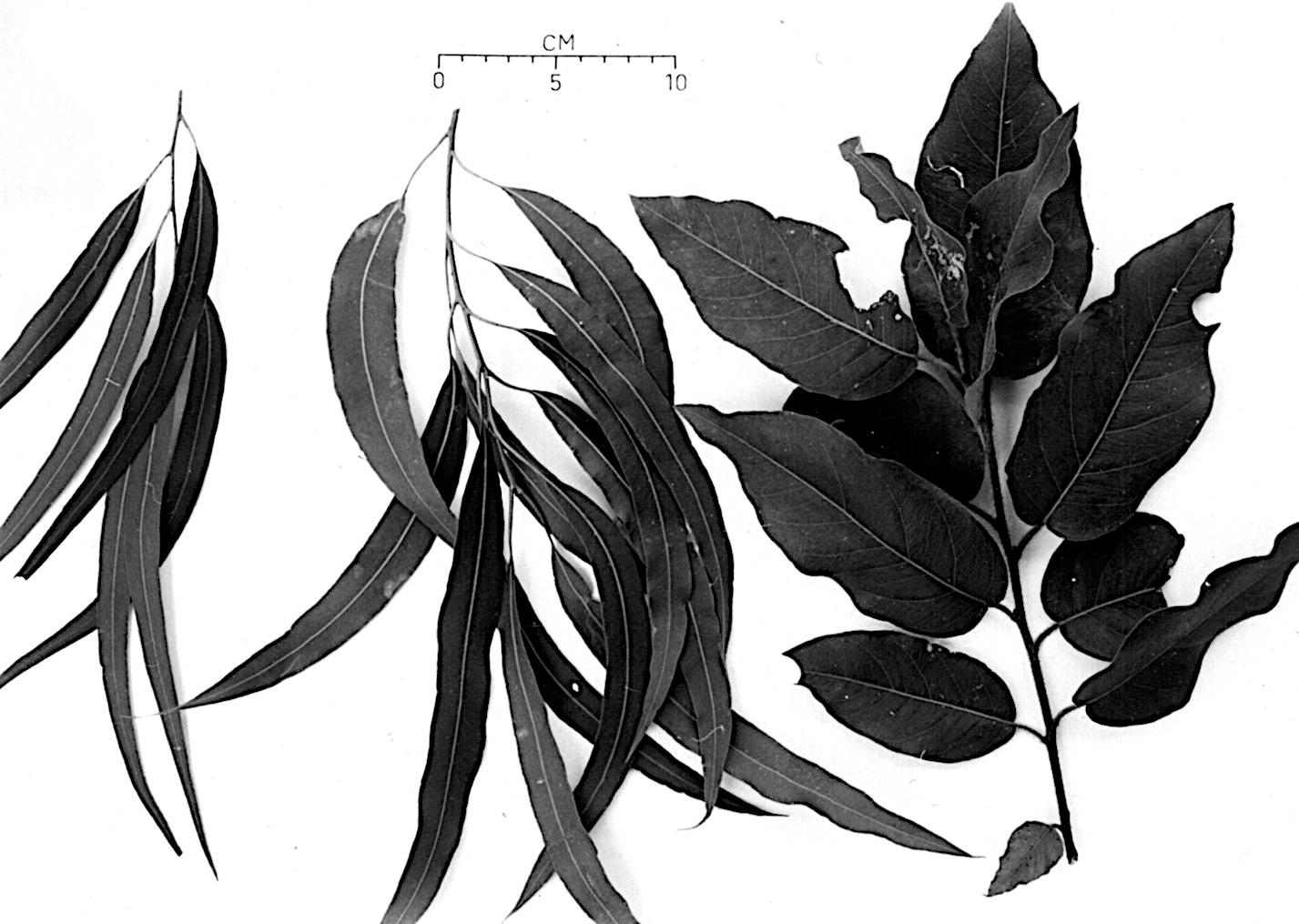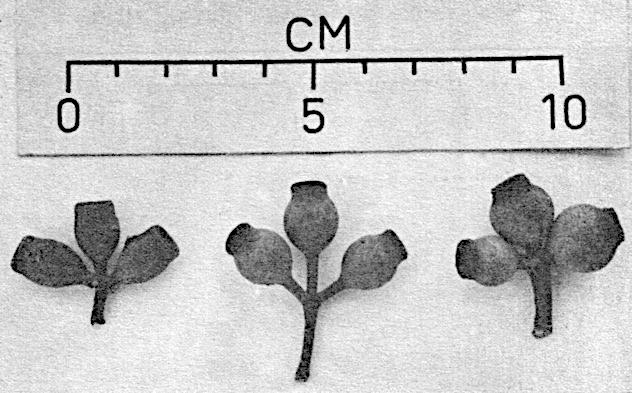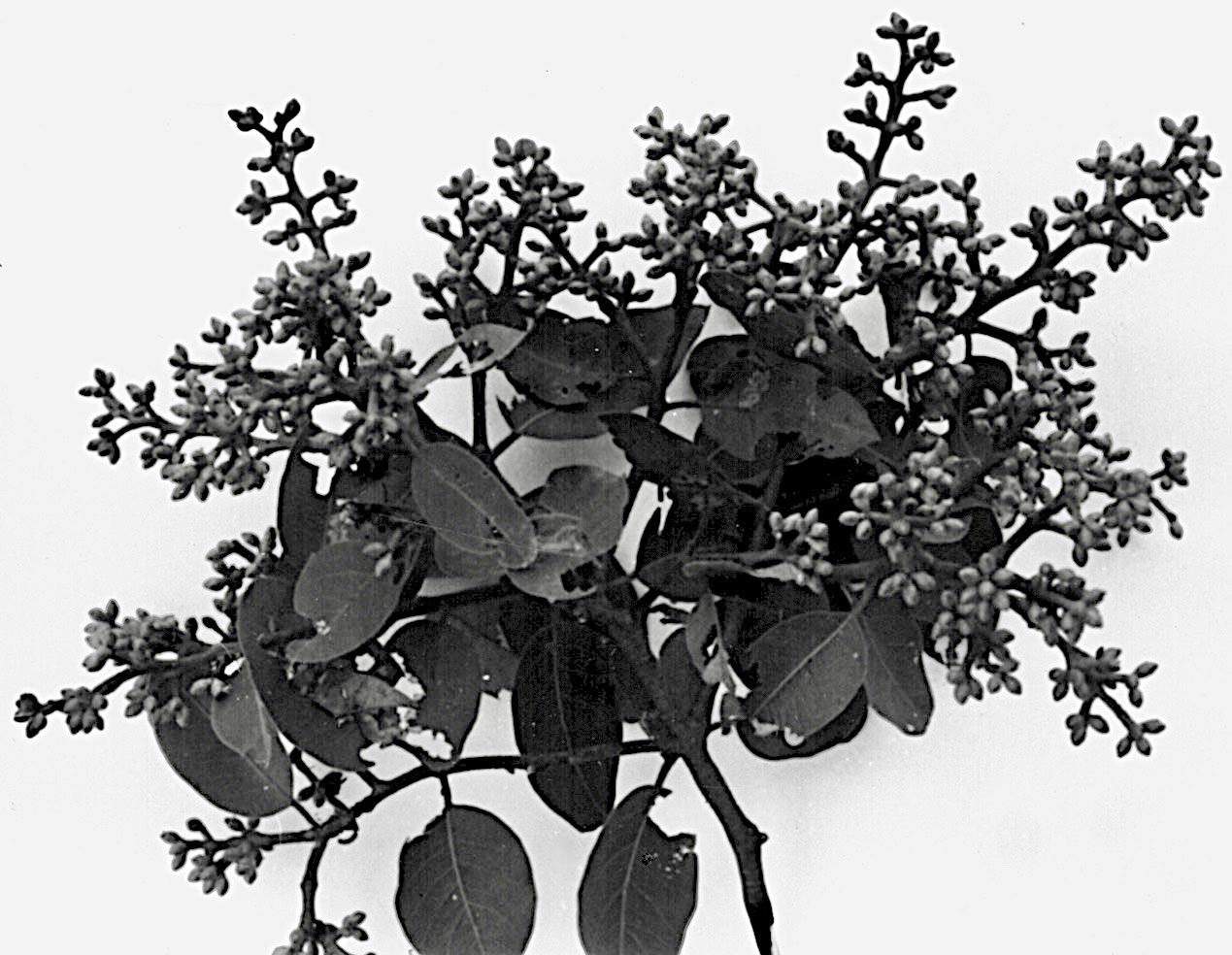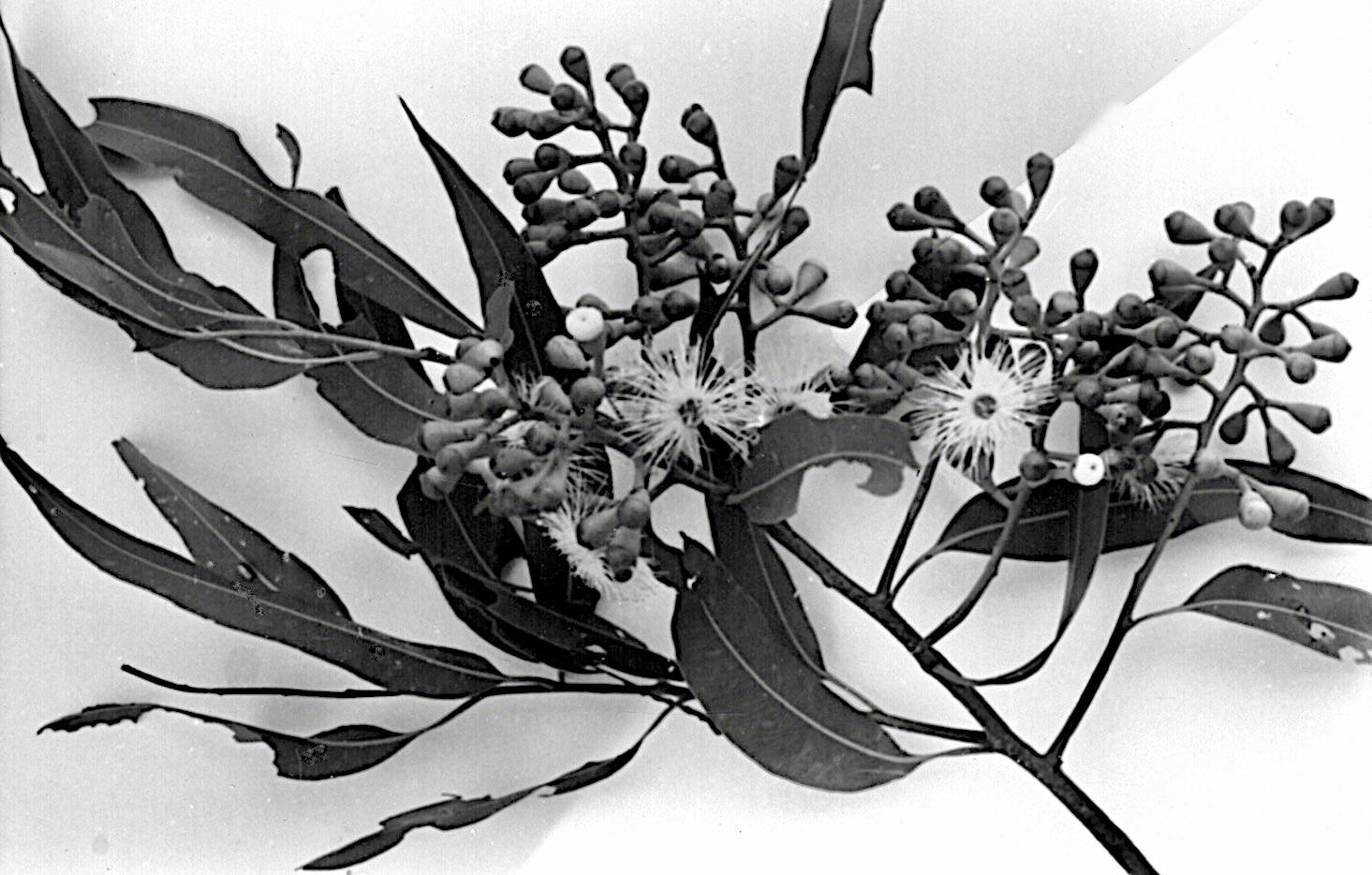
1 minute read
Hybrid eucalypts
from PNGAF MAG ISSUE # 9B - 5B4D3 Dr John Davidson Accompaniment "RAINBOW EUCALYPT MAN" Part 3 of 8 parts
by rbmccarthy
ii) Seedlings in each family of known female parentage would almost certainly be the result of random mating with nearby male parents of unknown and variable pedigree. To cull very early three out of the four individuals at each planting location leaving only the best was an easy and effective method for early upgrading of the quality of the orchard. iii) Having four chances to ensure the survival of a representative at the designated spot on the seed orchard grid ensured there were fewer ‘holes’ in the final layout, thus increasing the chance of effective random cross mating which the layout was designed to promote.
Hybrid eucalypts
Advertisement
Neville Howcroft had come across some outstanding trees in a two-year-old mixed eucalypt plantation at Heads Hump, Bulolo. I examined and photographed them in July 1972.
Above: E. torelliana♀ x E. citriodora♂ hybrid trees stand tall among E. citriodora. Right, top to bottom: Leaves, buds and capsules of E. citriodora on the left and E. torelliana on the right and the hybrid in the middle.





Top: Terminal branchlets of E. torelliana with large, terminal and axillary, corymbose panicles of 3- and 7-flowered umbellasters in bud. Bottom: Branchlet of the hybrid E. torelliana♀ x E. citriodora♂ with axillary, corymbose panicles of 3-flowered umbellasters in bud, with inner calyptra being shed and first flowers opening. 7-flowered umbellasters were rare in the hybrid. Peduncles of the hybrid were much more elongated than those of either species.









